The beautiful Mui Ne beach
Mui Ne beach is one of the most famous attractions in Phan Thiet and it has a natural beauty with white sand, blue sea and green coconut tree line along the beach.
The name ‘Mui Ne’ interestingly has many origins. The first meaning comes from the fishing people in the past. They usually faced sea storms, so they used to hide in a cape, which was called ‘Mui’ in Vietnamese, and ‘hide’ meant ‘Ne’. The second one originated as the name of the youngest daughter of Cham King – who was known as the owner of this land. Her alias was Ne, therefore, the cape where her temple was built, was called ‘Mui Ne’.
Mui Ne is also surrounded by unique natural formations, verdant mountains, and remnants of the ancient Champa Kingdom. The iconic Red and White Sand Dunes both offer a fun-filled day of riding ATVs and sliding down the slopes on plastic sleds while Fairy Stream is a photography hotspot thanks to its dramatic landscape of white and red sand dunes, verdant trees, blossoming flowers, and coconut palms. Another must-visit in Mui Ne is Linh Son Truong Tho Pagoda atop Ta Cu Mountain, which houses Vietnam’s largest statue of a reclining Buddha.
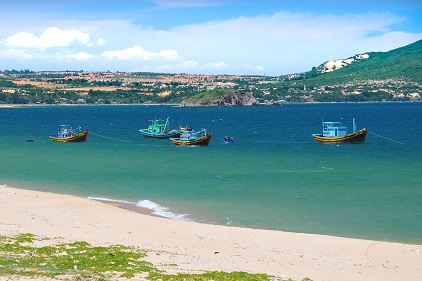
The southern area of Mui Ne Beach is dedicated to swanky retail outlets selling quality beachwear, clothes, local handicrafts, and jewellery. There are also plenty of kitesurfing schools offering short courses and equipment rentals. Thanks to its rock-free waters, Mui Ne Beach is ideal for a day of swimming, kitesurfing, kayaking, and surfing. The best time to enjoy these activities are between the months of November and March, when skies are sunny with strong winds, resulting in optimum temperatures and wave conditions.

The rock-free water makes it relatively safe for the kite surfers. There are also some Kite Surfing Schools, in which kite surfing starters are helped to launch the kite by beach boys. For starters who want more self-practice, you can try the western part front around Kite Surfing School Windchimes, where there are not many surfers, so that you can avoid unwanted accidents.
See more
-

War Remnants Museum
The War Remnants Museum once known as the ‘Museum of American War Crimes’ first opened to the public in 1975.
-
.jpg)
Tu Duc Tomb
Located in a narrow valley in Duong Xuan Thuong Village, 8km from Hue City, Tu Duc Tomb is considered as one of the most beautiful and picturesque and largest works of...
-
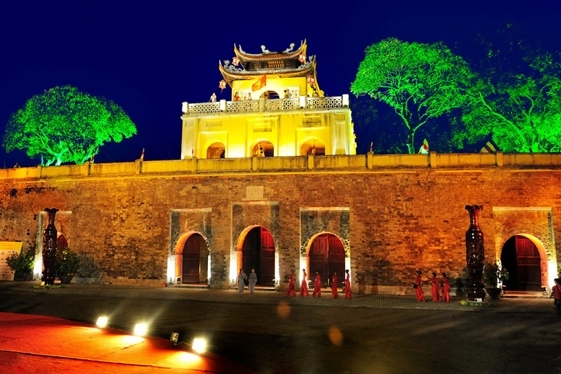
Imperial Citadel of Thang Long
The Imperial Citadel of Thang Long is an outstanding place of interest not only for the Hanoi but also for the country as a whole and was inscribed on the World Heritage List...
-
Bach Ma National Park
With close proximity to both Hue and Danang, Bach Ma national park is simple a cannot-afford-to-miss for nature lovers and especially bird-watching enthusiasts.
-
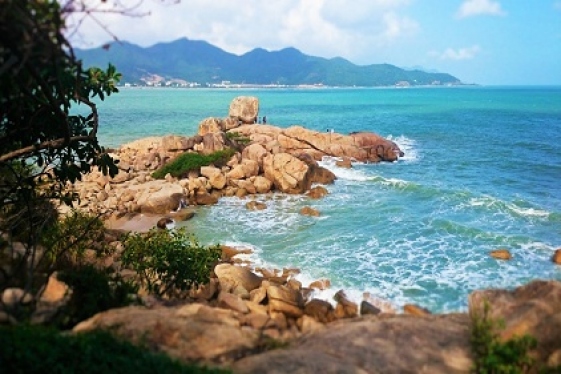
Hon Chong Promontory
Hon Chong Promontory is one of the most famous attractions in Nha Trang with the perfect combiantion between rocky mountain and beautiful beach. Coming to Hon Chong...
-
.jpg)
Ngoc Vung Island
Ngoc Vung Island is a romantic place which possesses primitively beautiful landscapes with freshest and most delicious seafood of the bay at the lowest price.
-

Cong Tay Island
Cong Tay Island is located in Bai Tu Long Bay, part of the tour around Ngoc Vung Island in Quan Lan, about 40km off Bai Chay Cruise Port. Ships and cruises normally run from...
-
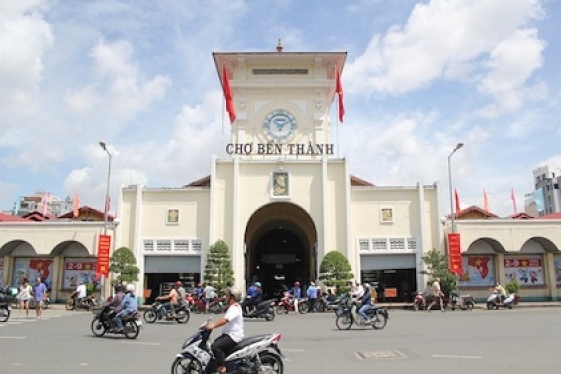
Ben Thanh Market in Ho Chi Minh
Situated in downtown Ho Chi Minh City, bustling Ben Thanh Market in District 1 is a great place to buy local handicrafts, branded goods, Vietnamese art and other souvenirs.
-
.jpg)
Yen Tu Mountain
Yen Tu Mountain is one of the highest peaks in the Dong Trieu Mountains in the north-eastern area of Vietnam, located within the area of Uong Bi Town, Quang Ninh Province....
-
.jpg)
Dau Go Cave
Floating on the emerald water, Đầu Gỗ Island (Wooden Head Island) is amongst the most famous tourist attractions in Halong Bay. Inside Đầu Gỗ Island, tourists will...
Destinations
Most popular tours
-
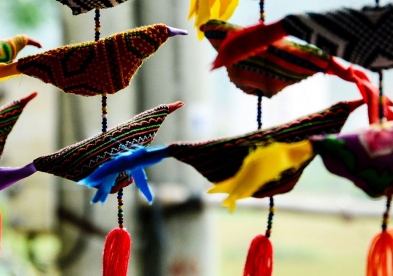
Mai Chau Adventure
Price from: 297 US$
-
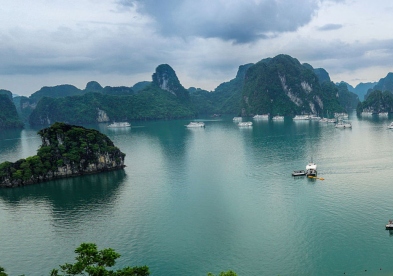
Vietnam Heritage Trail
Price from: Contact
-
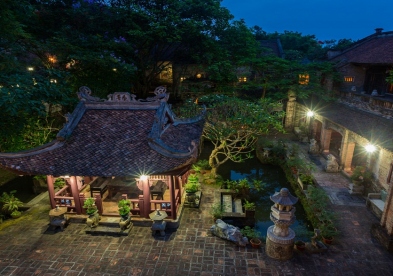
Thanh Chuong Palace day tour
Price from: 33 US$
-
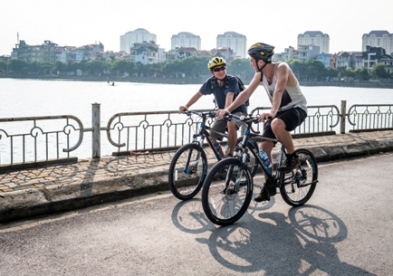
Cycling to Countryside of Hanoi
Price from: 26 US$
Business info
Vietnam Local Guide
- Address: 18th Floor, VTC Online Tower, 18 Tam Trinh Str.,Hai Ba Trung Dist., Hanoi, Vietnam
- Email: info@vietnamguider.com
- Phone: (+84) 0904989890
- Hotline: (+84) 0904989890
.JPG)